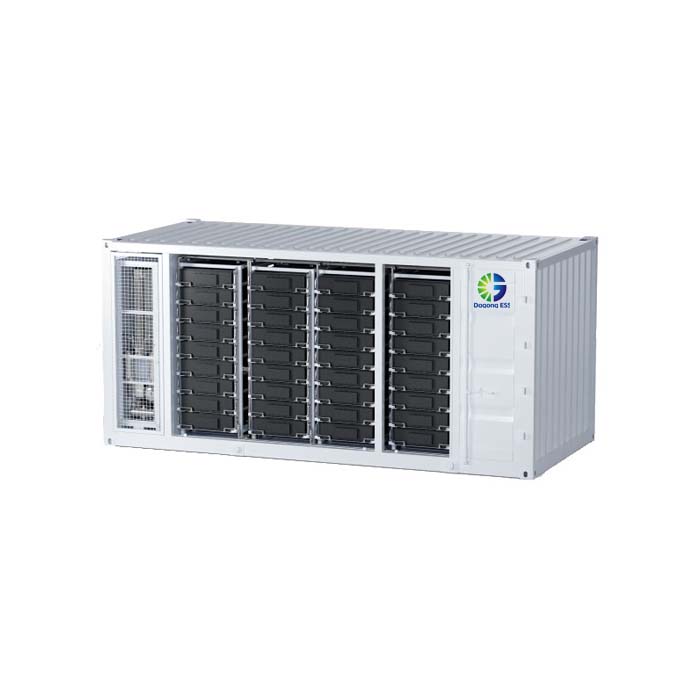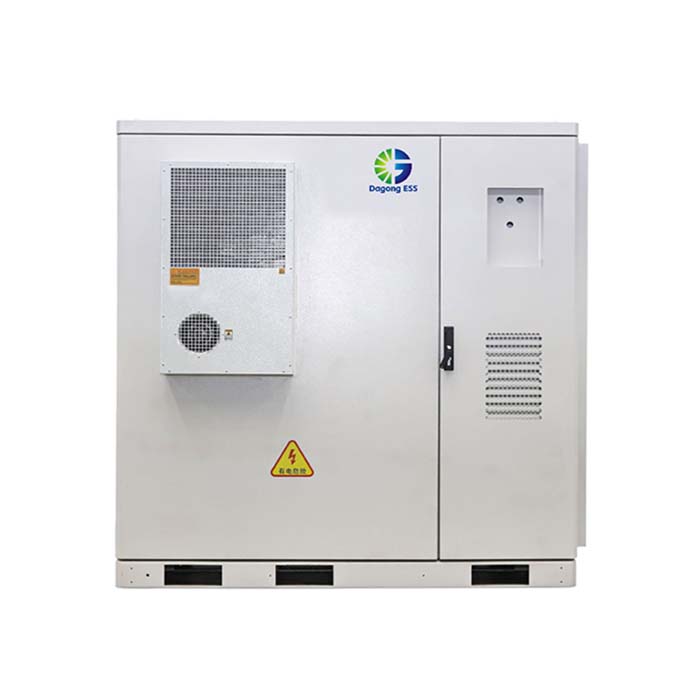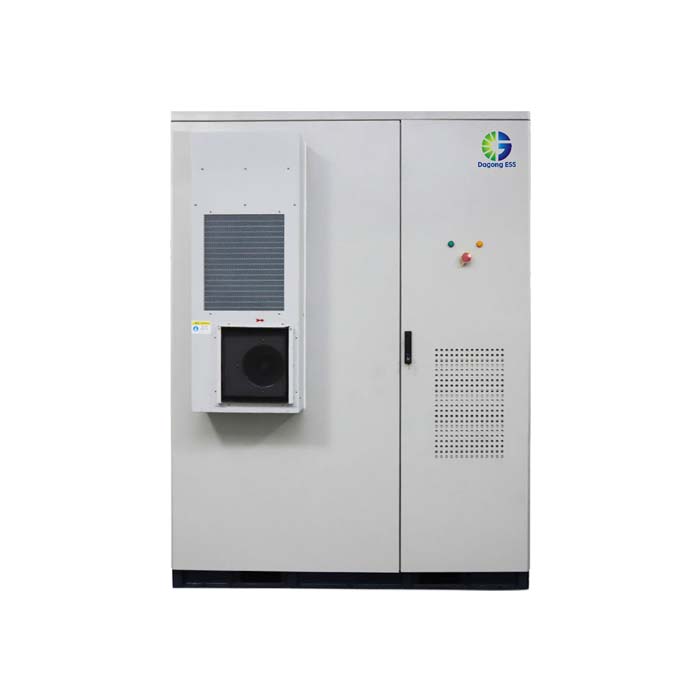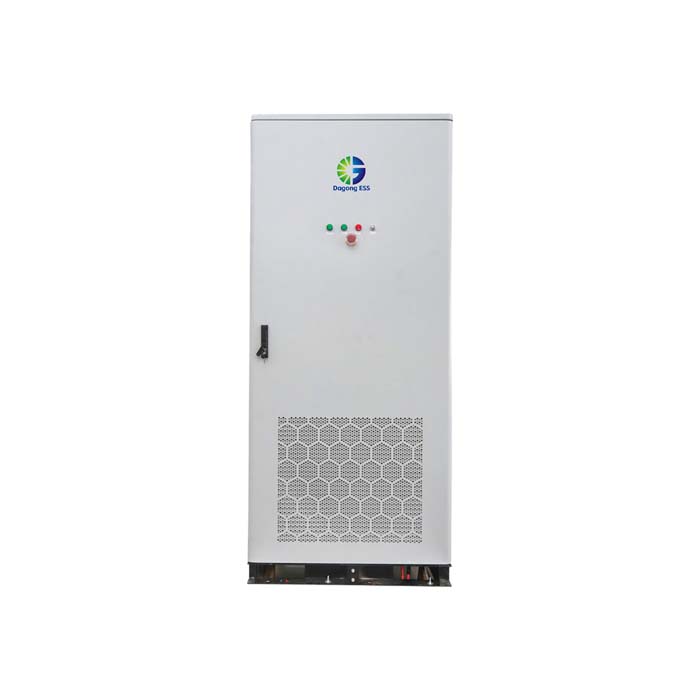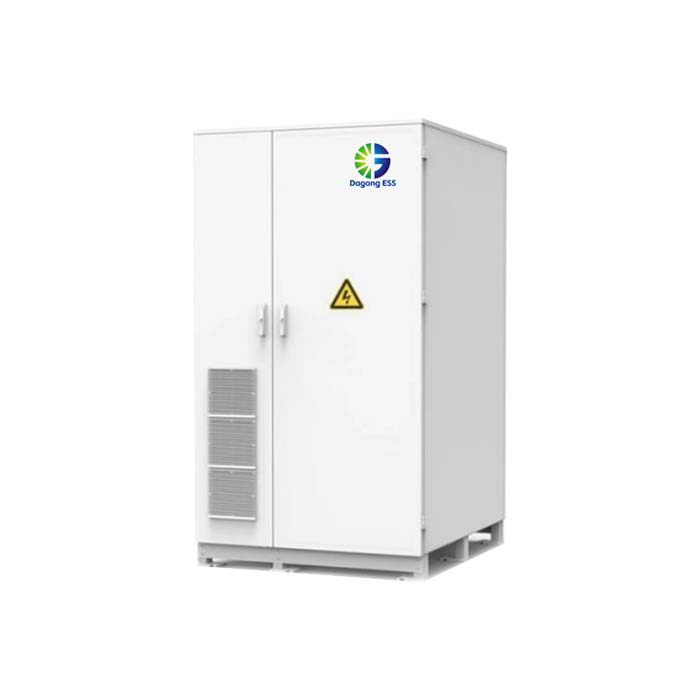Why Countries Need Energy Storage?
What is Energy Storage?
Energy storage refers to technologies and systems that capture energy produced at one time and release it for use at a later time. It plays a pivotal role in balancing supply and demand, ensuring energy security, and supporting the transition to renewable energy sources such as solar and wind. For countries aiming to decarbonize their power systems and reduce dependence on fossil fuels, energy storage is not just beneficial—it’s essential.
The amount of electricity the energy grid produces should always be in balance with the amount consumers use. Any imbalance, whether there’s too much or too little power, can lead to blackouts and damage equipment. So, grid operators predict how much electricity will be used over the course of a day and make plans to produce that amount of electricity in advance. Then they follow through on their plan but adjust how much electricity is produced in real time to match how demand deviates from their predictions.
Types of Energy Storage
There are several types of energy storage technologies available today, each with its own strengths and suitable applications:
Battery Energy Storage Systems (BESS): These systems use lithium-ion, lithium iron phosphate (LFP), or other chemistries to store electrical energy. They are widely used due to their scalability and fast response times.
Pumped Hydro Storage: A traditional and large-scale method involving two reservoirs at different elevations to store and release energy through water flow.
Thermal Storage: Captures heat or cold for use in heating, cooling, or power generation.
Mechanical Storage: Includes flywheels or compressed air systems that store energy through kinetic or potential means.
Hydrogen Storage: Converts excess electricity into hydrogen via electrolysis for later use.
Among these, BESS is gaining global attention for its flexibility and compatibility with renewable energy installations.
Features of Energy Storage
Grid Stability: Energy storage smooths out fluctuations in electricity supply and demand, minimizing blackouts and voltage irregularities.
Renewable Integration: It allows solar and wind power to be stored when production is high and released when demand peaks.
Energy Arbitrage: Enables cost savings by charging during low electricity prices and discharging during peak rates.
Emergency Backup: Acts as a reliable power source during outages or extreme weather events.
Modularity and Scalability: Especially with battery systems, installations can be scaled up or down based on national needs.
Applications of Energy Storage
Energy storage is critical across various sectors and national strategies:
National Grid Support: Helps utilities manage peak load, frequency regulation, and load shifting.
Industrial and Commercial Use: Ensures energy reliability for factories, data centers, and hospitals.
Residential Applications: Enables homeowners to maximize self-consumption of solar energy and reduce electricity bills.
Off-grid and Remote Areas: Offers reliable energy access in islands, deserts, and mountainous regions where traditional infrastructure is lacking.
Military and Disaster Preparedness: Provides mobile, resilient energy during emergencies or in strategic defense operations.
Price of Energy Storage
The cost of energy storage systems depends on various factors, including:
System type (battery, pumped hydro, etc.)
Storage capacity (kWh) and power rating (kW)
Technology maturity and economies of scale
Installation environment and grid connection requirements
Battery management system (BMS), cooling system, EMS integration
Battery storage prices have declined significantly over the past decade. As of 2025, a typical commercial lithium battery storage system might range from $250 to $500 per kWh depending on scale and customization.
Pricing is typically quoted based on international trade terms such as EXW (Ex Works), FOB (Free on Board), or CIF (Cost, Insurance, and Freight), depending on logistics preferences. For accurate quotes, consult reliable energy storage suppliers directly.
How to Select Energy Storage for Your Project?
When choosing an energy storage solution, countries and project developers should consider:
Energy Demand Profile: Analyze daily/seasonal load patterns and peak shaving needs.
Storage Duration: Short-term vs long-duration storage (e.g., 1-4 hours or 8+ hours).
System Efficiency: Round-trip efficiency determines how much energy is lost during charging and discharging.
Safety and Certification: Ensure systems comply with international safety standards (UL, IEC).
Control System Integration: Look for systems with smart EMS platforms for optimized energy management.
Climate Compatibility: For regions with extreme temperatures, consider systems with air or liquid cooling.
Dagong ESS offers both air-cooled and liquid-cooled energy storage cabinets to meet diverse project needs.
How Long Does Energy Storage Last?
The lifespan of an energy storage system depends on the technology and usage pattern:
Lithium Battery Systems: Typically 10–15 years or 6000–8000 cycles.
Pumped Hydro: Can last over 40 years.
Thermal and Mechanical Systems: Varies widely from 10 to 30 years.
Regular maintenance and an efficient BMS can significantly extend battery life and performance.
The Supplier of Energy Storage
Choosing a trustworthy supplier is critical for the success of a national or commercial energy storage project. Dagong ESS, a leading manufacturer based in China, specializes in the development and customization of high-performance energy storage systems. Its portfolio includes:
5kWh–80kWh Household ESS
100kWh–215kWh C&I Storage Cabinets
Advanced EMS and BMS Integration
Dagong ESS provides tailored solutions to match the energy infrastructure and regulations of every country, offering competitive pricing, international certifications, and comprehensive technical support.
Energy storage is no longer a future option—it is a present necessity. Countries investing in energy storage not only improve grid reliability but also accelerate their path to carbon neutrality, enhance energy independence, and empower local economies. Now is the time to act.
Ready to power your nation’s future? Contact Dagong ESS today.


